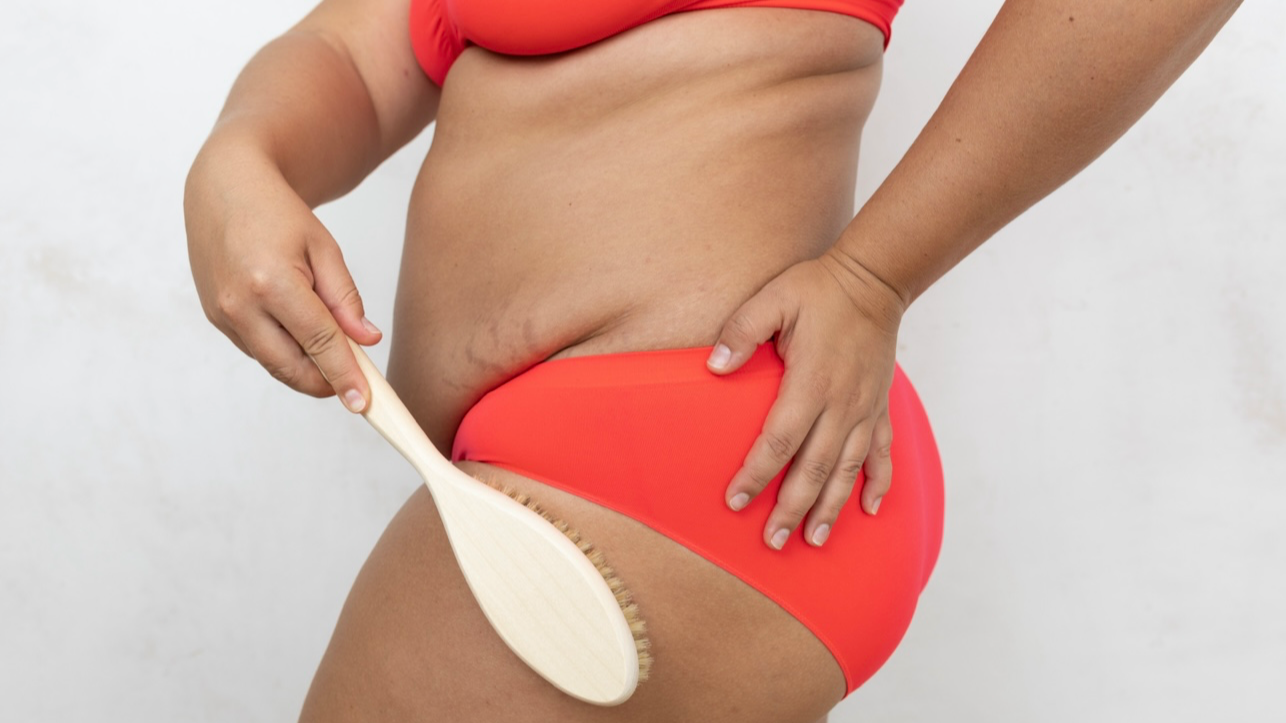Stretch Marks After Birth: Causes, Prevention, and Treatment
Stretch marks are a common concern for many women after giving birth. These narrow streaks or lines that develop on the skin can be a source of self-consciousness and may affect a woman’s body image. In this article, we will explore the causes of stretch marks after birth, discuss prevention strategies, and provide information on various treatment options available.
Causes of Stretch Marks After Birth
During pregnancy, the skin stretches to accommodate the growing belly, breasts, and hips. This rapid stretching can lead to the development of stretch marks. The primary cause of stretch marks is the hormonal changes that occur in the body during pregnancy. The hormone called cortisol, which is produced in higher quantities during pregnancy, weakens the elastic fibers in the skin, making it more prone to stretch marks.
Prevention Strategies for Stretch Marks
While it may not be possible to completely prevent stretch marks after giving birth, there are several strategies that can help minimize their appearance:
1. Hydration: Staying hydrated is essential for maintaining the elasticity of the skin. Drinking an adequate amount of water throughout the day can help keep the skin hydrated and supple, reducing the likelihood of stretch marks.
2. Healthy Weight Gain: Gradual and steady weight gain during pregnancy can help minimize the stretching of the skin. It is important to follow a balanced diet and engage in regular exercise as recommended by a healthcare provider.
3. Moisturization: Applying a moisturizer or oil to the skin can help improve its elasticity and reduce the risk of stretch marks. Products containing ingredients like cocoa butter, shea butter, and vitamin E are often recommended for moisturizing the skin during pregnancy.
4. Massage: Gently massaging the skin with a moisturizer or oil can help improve blood circulation and promote skin elasticity. Regular massage can also provide a sense of relaxation and reduce stress.
Treatment Options for Stretch Marks
If stretch marks do develop after giving birth, there are several treatment options available to help reduce their appearance:
1. Topical Creams: Over-the-counter creams or ointments containing ingredients like retinol, hyaluronic acid, or collagen may help improve the appearance of stretch marks. It is important to consult with a healthcare provider before using any topical treatment, especially while breastfeeding.
2. Laser Therapy: Laser therapy is a non-invasive treatment option that uses targeted beams of light to stimulate the production of collagen in the skin. This can help reduce the appearance of stretch marks and improve skin texture. Multiple sessions may be required for optimal results.
3. Microdermabrasion: Microdermabrasion involves the use of tiny crystals to exfoliate the outer layer of the skin. This procedure helps to promote the growth of new, healthy skin cells and reduce the visibility of stretch marks. Multiple sessions may be necessary to achieve desired results.
4. Chemical Peels: Chemical peels involve the application of a chemical solution to the skin, which causes the outer layer to peel off. This process stimulates the growth of new skin cells and can improve the appearance of stretch marks. It is important to consult with a dermatologist before undergoing a chemical peel, especially while breastfeeding.
5. Microneedling: Microneedling is a procedure that involves the use of tiny needles to create controlled micro-injuries in the skin. This stimulates collagen production and can help reduce the appearance of stretch marks. Multiple sessions may be required for optimal results.
Stretch marks after birth are a common concern for many women, but there are strategies to prevent their occurrence and treatments available to reduce their appearance. By following a healthy lifestyle during pregnancy, including staying hydrated, maintaining a healthy weight, and moisturizing the skin, women can minimize the risk of developing stretch marks. If stretch marks do appear, various treatment options such as topical creams, laser therapy, microdermabrasion, chemical peels, and microneedling can help improve their appearance. It is important to consult with healthcare providers or dermatologists to determine the most suitable treatment approach. Remember, stretch marks are a natural part of the body’s adaptation to pregnancy, and embracing them as a symbol of the incredible journey of motherhood can help foster self-acceptance and body positivity.











